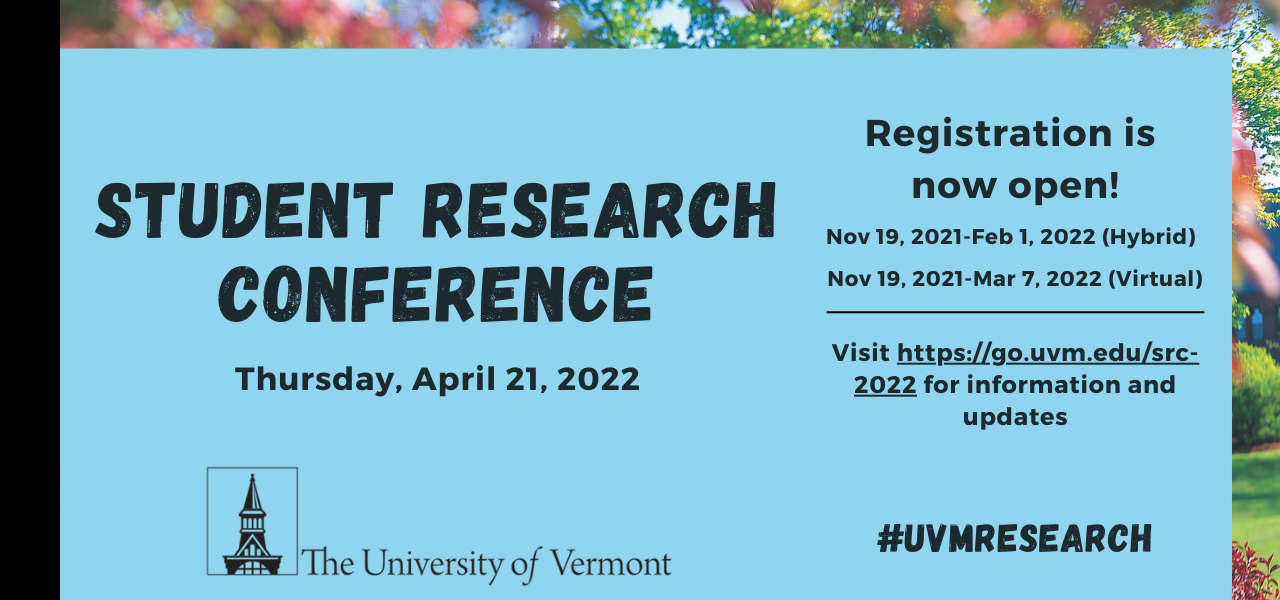Investigating 10Be/14C chronometer age divergence in Southern New England to assess the timing of Laurentide Ice Sheet deglaciation
Conference Year
January 2022
Abstract
Accurately understanding the timing of past deglaciations is important for studying ice sheet response to climate change. Different methods to reconstruct the Laurentide deglaciation disagree due to different methodological assumption. 10Be exposure ages from the terminal moraine of the ice imply retreat occurred between 28 and 25 ka, while organic 14C ages suggest retreat occurred around 16 ka. The ages converge 200 kilometers north, however no 10Be samples have been measured between southern Connecticut and northern Massachusetts. We collected 14 samples from this region to fill the data gap and attempt to geographically constrain where the two reconstruction methods converge.
Primary Faculty Mentor Name
Paul Bierman
Secondary Mentor Name
Lee Corbett
Graduate Student Mentors
Chris Halsted
Status
Undergraduate
Student College
Rubenstein School of Environmental and Natural Resources
Second Student College
College of Arts and Sciences
Program/Major
Environmental Sciences
Second Program/Major
Geology
Primary Research Category
Engineering & Physical Sciences
Investigating 10Be/14C chronometer age divergence in Southern New England to assess the timing of Laurentide Ice Sheet deglaciation
Accurately understanding the timing of past deglaciations is important for studying ice sheet response to climate change. Different methods to reconstruct the Laurentide deglaciation disagree due to different methodological assumption. 10Be exposure ages from the terminal moraine of the ice imply retreat occurred between 28 and 25 ka, while organic 14C ages suggest retreat occurred around 16 ka. The ages converge 200 kilometers north, however no 10Be samples have been measured between southern Connecticut and northern Massachusetts. We collected 14 samples from this region to fill the data gap and attempt to geographically constrain where the two reconstruction methods converge.


